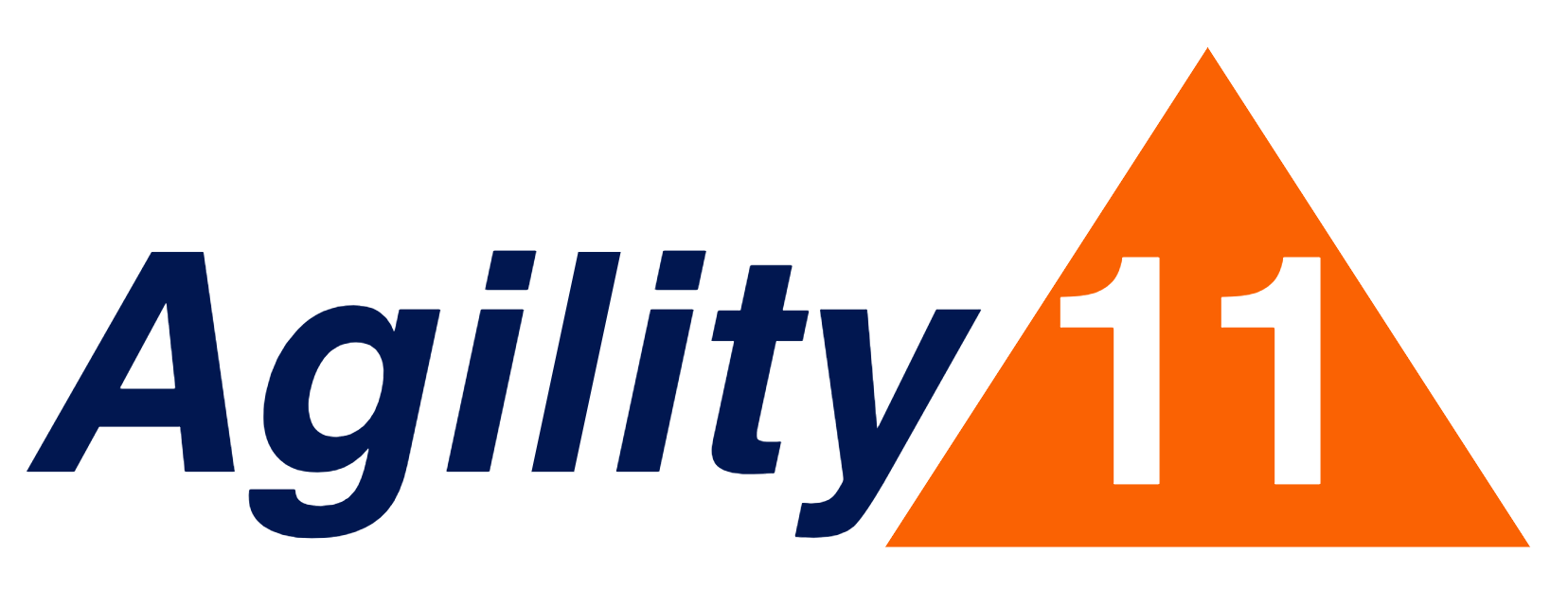The Business Value Matrix: a Better Way to Prioritize
One of the biggest barriers to business agility is a lack of focus: overloading the organization with too many concurrent projects. Just as agile teams limit WIP (work in process) at the team/story level, a good agile organization limits WIP at the project portfolio level. The business value matrix is a great tool for deciding which projects to focus on - and to optimize business value across the portfolio of projects. A sample of the matrix is below.
A sample of a business value matrix
Step 1: Align on the value drivers (top row)
It’s important to include the right group of stakeholders or executives: those with the authority & influence to drive prioritization decisions. The three specific value drivers listed in the top row of table above are examples - your organization may choose a different set of value drivers. I recommend no more than five.
Step 2: Agree on the weights for each value driver
The same group of stakeholders & executives also need a consensus on the relative weight that each value driver carries. The green cells in the matrix above provides a sample of how weights might be allocated so the total adds up to 100.
Step 3: Score the impact of the project/initiative on each value driver
These are the orange cells in the sample matrix. I suggest using this range of impact scores:
0 = no impact
1 = low impact and/or reach
2 = moderate impact and/or reach
4 = strong impact and/or reach
8 = huge impact
Step 4: Calculate the total value score
For each initiative, the value score is calculated as:
Sum of [ weight(i) * score(i) ]
For Project A above, this would be (50 x 1) + (30 x 1) + (20 x 4) = 160
Step 5: Estimate the cost (or effort) of each project
The teams delivering the work need to provide cost estimates. These can be in story points, T-shirt sizes (translated to numbers), or dollars. It’s the relative numbers that matter, not the absolute numbers used.
Step 6: Calculate the relative ROI
The relative return on investment (ROI) for each project is the total value score divided by the cost. ROI is used as the primary factor in prioritizing projects. To sequence the projects, or schedule them over time, other factors come into play, such as deadlines (time criticality) and availability of people.
To optimize value and agility, the key idea is to limit WIP. Focus as much capacity (people and budget) as practical on the few highest-ROI projects. Instead of trying to spread your capacity across, say 25 projects, ask if you could focus all that capacity on just 5 projects (at one time) instead. Those projects will finish faster and you’ll realize your ROI sooner. Whenever a project is finished, start the next one! “Stop starting, start finishing!”
I’d like to thank Randy Hale for introducing me to this matrix approach.

